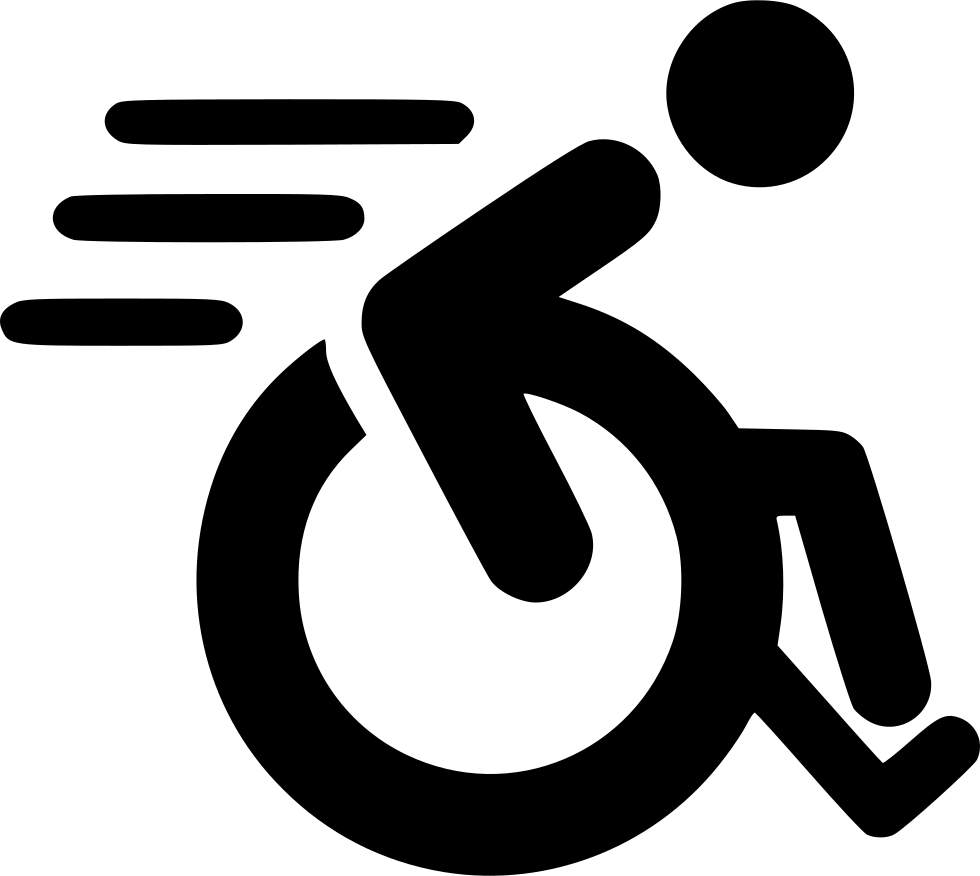Dog - First Aid
EMERGENCY ASSISTANCE
 Emergencies come in all forms: Road traffic accidents, bites, burns, heatstroke, poisoning and unconsciousness are but a few.
Emergencies come in all forms: Road traffic accidents, bites, burns, heatstroke, poisoning and unconsciousness are but a few.
Canine emergencies are dealt with in a separate handout. In this handout we deal with basic first aid.
What is first aid?
First aid is initial treatment given in an emergency situation. The purpose is:
- To preserve life.
- To reduce the possibility of the circumstances complicating the problem.
- To reduce pain and discomfort.
- To minimise any risk of permanent disability or disfigurement.
Priorities
- Keep calm and try not to panic.
- If possible get help so that you can attend to your dog while someone helps with restraint, carrying him etc.
- Contact us or your nearest vet, explain the situation and request advice and help.
- If there are possible internal or limb injuries try to keep your pet as still as possible.
- Try to keep the dog reasonably warm, wrap in a coat or even newspaper.
- Take your dog to the vet as soon as possible.
- Drive carefully and observe the speed limit.
What is shock?
Shock is a complex condition which often swiftly follows acute injury. A substantial fall in blood pressure is always involved.
What are the signs of shock?
- Signs include rapid breathing and heart rate, with pallor (paleness) of the mucous membranes, (e.g. the gums, lips or under the eyelids).
- The feet or ears may feel cold to the touch.
- Your dog may vomit and is usually very quiet and unresponsive.
What should I do?
Keep the dog as quiet as possible. Try to conserve heat by covering with coats or even newspapers. If necessary, apply the A, B, C of first aid.
A Airway
B Breathing
C Cardiac function
Airway. Anything that obstructs the airway prevents oxygen entering the lungs. Do your best to clear the mouth and throat of any obstruction (vomit, saliva or foreign bodies such as sticks or balls). Take care! The dog will be as terrified as you and may bite in panic.
Breathing. If your dog is unconscious and does not appear to be breathing, try gently pumping the chest with the palm of your hand, at the same time feeling the chest on the left side just behind the elbow to detect a heart-beat (pulse).
Cardiac function. Check the colour of the tongue and if cyanosed (blue) try blowing down the throat and nose in order to stimulate breathing and heart function.
Specific first aid
Blood loss
 Once you have checked A, B, C above, if haemorrhage (bleeding) is severe try to stop it. If from a cut pad, apply a dressing. Use a piece of clothing if no bandage is available. Alternatively a piece of string or cord can be used as a tourniquet above the injured area if on a foot or leg, to reduce the amount of blood flowing to the wound. This should be loosened every few minutes, for 30 secs, while getting your dog to the vet, to preserve the tissues surrounding the injury.
Once you have checked A, B, C above, if haemorrhage (bleeding) is severe try to stop it. If from a cut pad, apply a dressing. Use a piece of clothing if no bandage is available. Alternatively a piece of string or cord can be used as a tourniquet above the injured area if on a foot or leg, to reduce the amount of blood flowing to the wound. This should be loosened every few minutes, for 30 secs, while getting your dog to the vet, to preserve the tissues surrounding the injury.
Burns and scalds
Cool the burned area with cold water as quickly as possible. Cover with damp towels. If the injury is due to a caustic substance, wash with plenty of cold water. If in the mouth press cloths soaked in clean cold water between the jaws.
Eye injuries
These are always very painful. If a foreign body can be seen, e.g. a grass awn, it is sometimes possible to gently remove it with the fingers, otherwise cover the eye with a pad soaked in cold water or better still, saline (salt water)solution (such as contact lens solution). Seek veterinary advice as soon as possible.
Fits (seizures)
Seizures can be due to many causes. They range from eclampsia (milk fever) to epilepsy. If due to eclampsia, i.e. a lactating bitch, remove from the puppies. All seizuring dogs should be kept in a dark confined area if at all possible. Remove any easily moveable objects that the dog could make contact with. Please call us without delay.
Heat stroke
This commonly occurs in hot humid weather when dogs are left in cars without adequate ventilation. The vehicle need not necessarily be in direct sunlight. Body temperature rises dramatically. Signs are excessive panting and obvious distress quickly followed by coma. Reduce body temperature as quickly as possible using cold water and ice if available. Contact us and bring the dog, as soon as possible, keeping well dampened. Drive with the windows open. Evaporation will reduce body temperature.
Used and/or modified with permission under license. ©Lifelearn, The Penguin House, Castle Riggs, Dunfermline FY11 8SG

